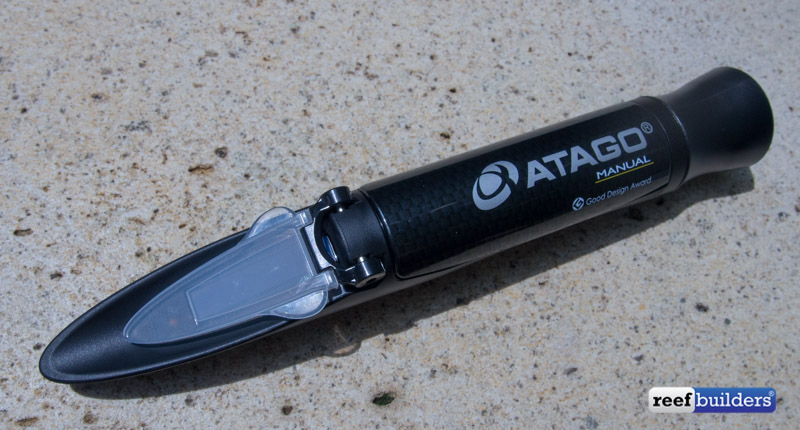After temperature, Salinity is the most important measurement of seawater you can make for your tank. Therefore, refractometers and hydrometers are the most used tool in the hobby, or at least they should be.
Both hypersaline and hypo saline environments make unsuitable living conditions for pets in our tank. So it’s important to have proper and stable salinity in a saltwater aquarium.
 Many of us that live in dry climates can find ourselves checking salinity daily and especially those who manually top off their tanks. One of the most common mistakes when reefers see their corals shrinking is that the salinity is too high or too low.
Many of us that live in dry climates can find ourselves checking salinity daily and especially those who manually top off their tanks. One of the most common mistakes when reefers see their corals shrinking is that the salinity is too high or too low.
One reason why the results of specific gravity or salinity may differ is that the tool is not calibrated. Refractometers can be calibrated by adjusting the indicator line with a small screwdriver to confirm fresh water is at zero. It’s also important to know that you’re using a refractometer calibrated for use with seawater as many cheap refractometers are actually designed for use in brine, a simple solution of salt and water without the other elements naturally found in seawater.

Conversely, hydrometers cannot be calibrated. These are notorious for being inaccurate; salt build up on the needle can seriously affect the results.
Though it is possible to calculate the actual salinity by figuring out the instrument error, this number varies frequently and cannot be considered reliable.
The longevity of accuracy for hydrometers can be increased by simply rinsing out the hydrometer with fresh water after each use, this decreases the salt build up before it dries in places unreachable for cleaning.
Refractometers require much less maintenance. Most brands only require a periodic calibration using RODI water or calibration fluid; additionally, you do not need to rinse them, most come with a microfiber cloth to dry the prism.

Because many reefers like the precision and control of their tank, and many corals such as Acropora require just that, a refractometer will prove to give you a higher quality salinity measurement. It is much easier to control issues in your tank by preventing salinity swings before they happen.
Although it may be less expensive to buy a hydrometer, but in the long run it may cost you a couple corals that are probably more expensive than the hydrometer itself. Even though fish are more tolerant of salinity changes than coral, it may be too late before you realize that your tank is in a hypo or hypersaline environment.



